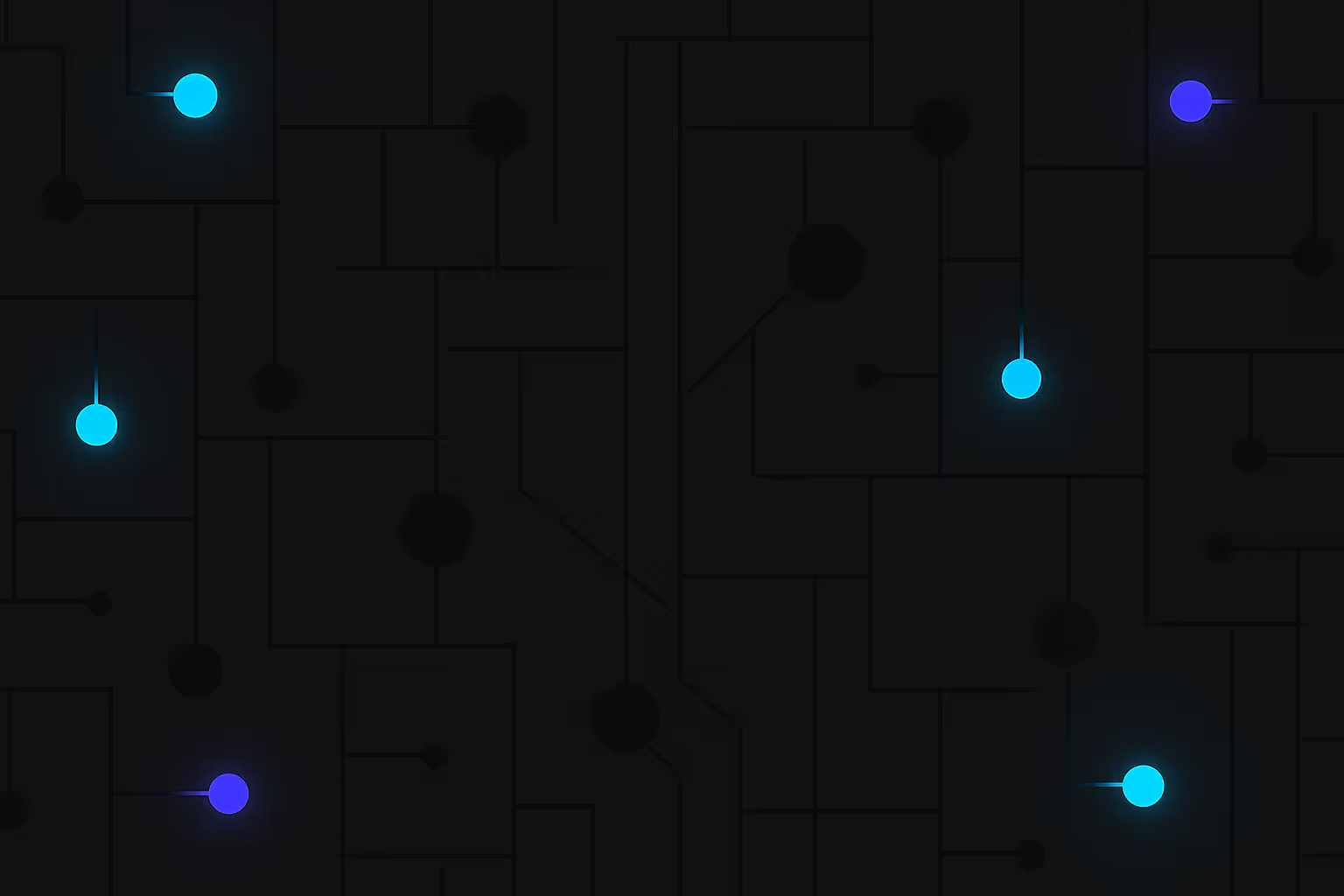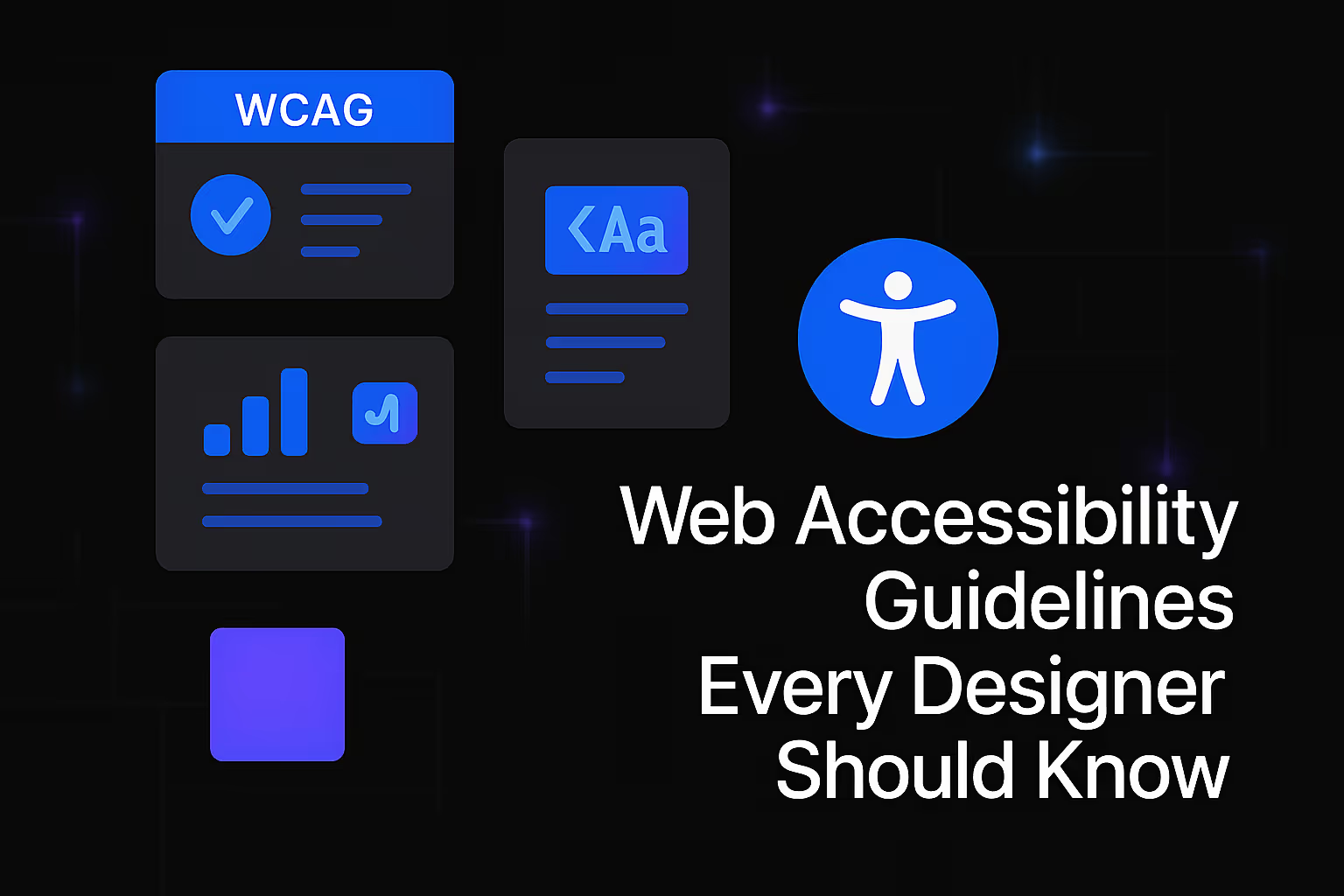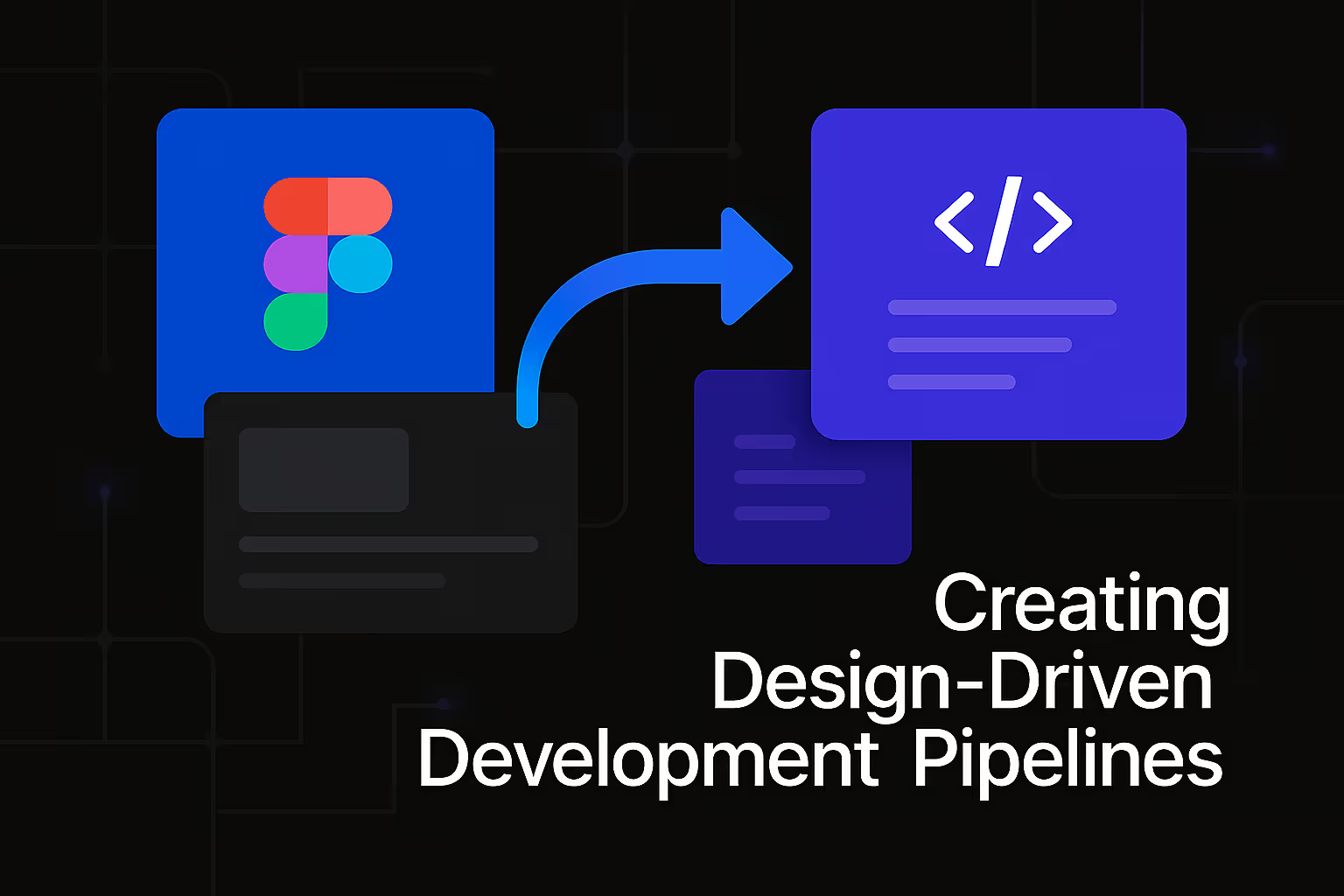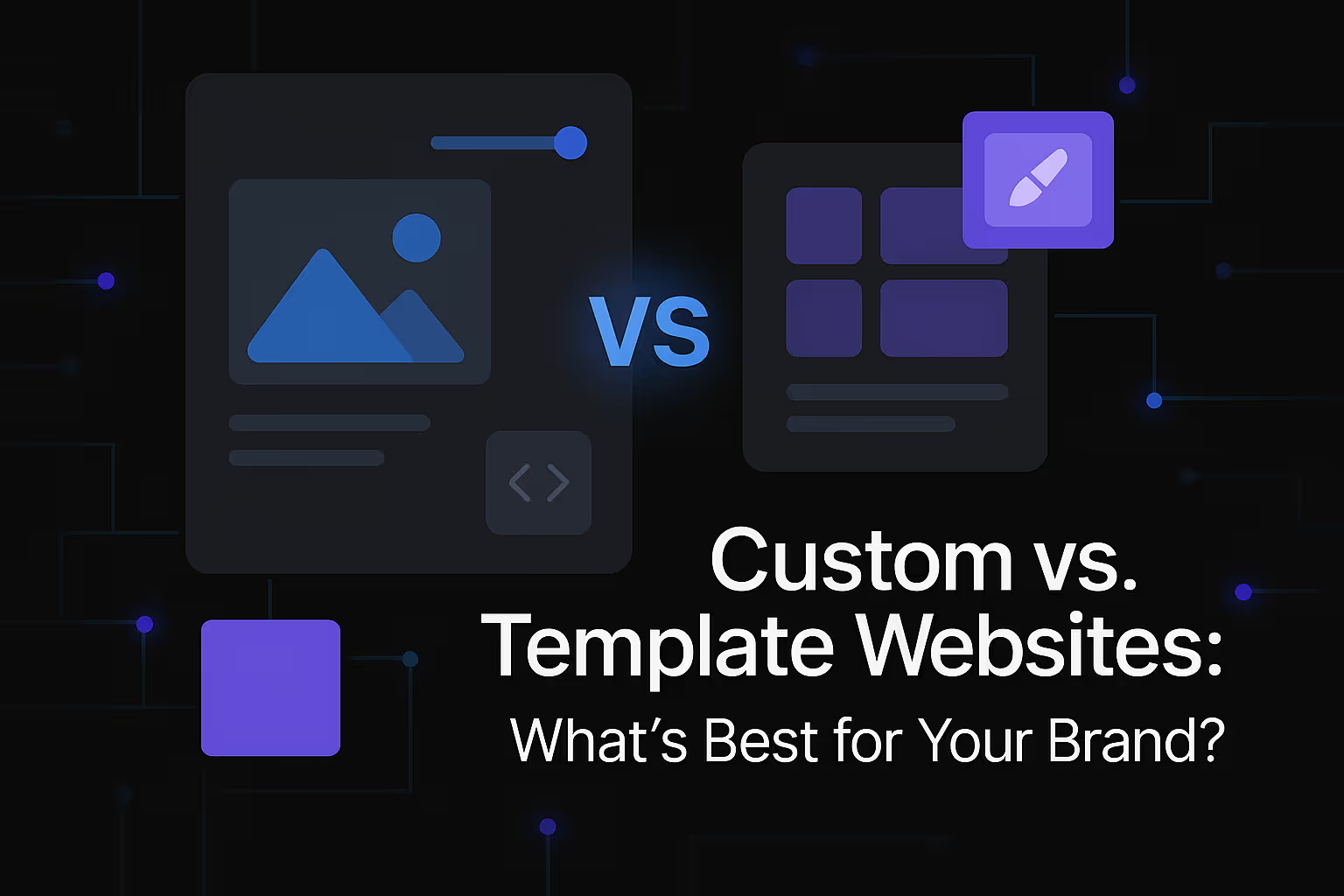Essential Web Design Tools: Figma, Webflow, and Beyond
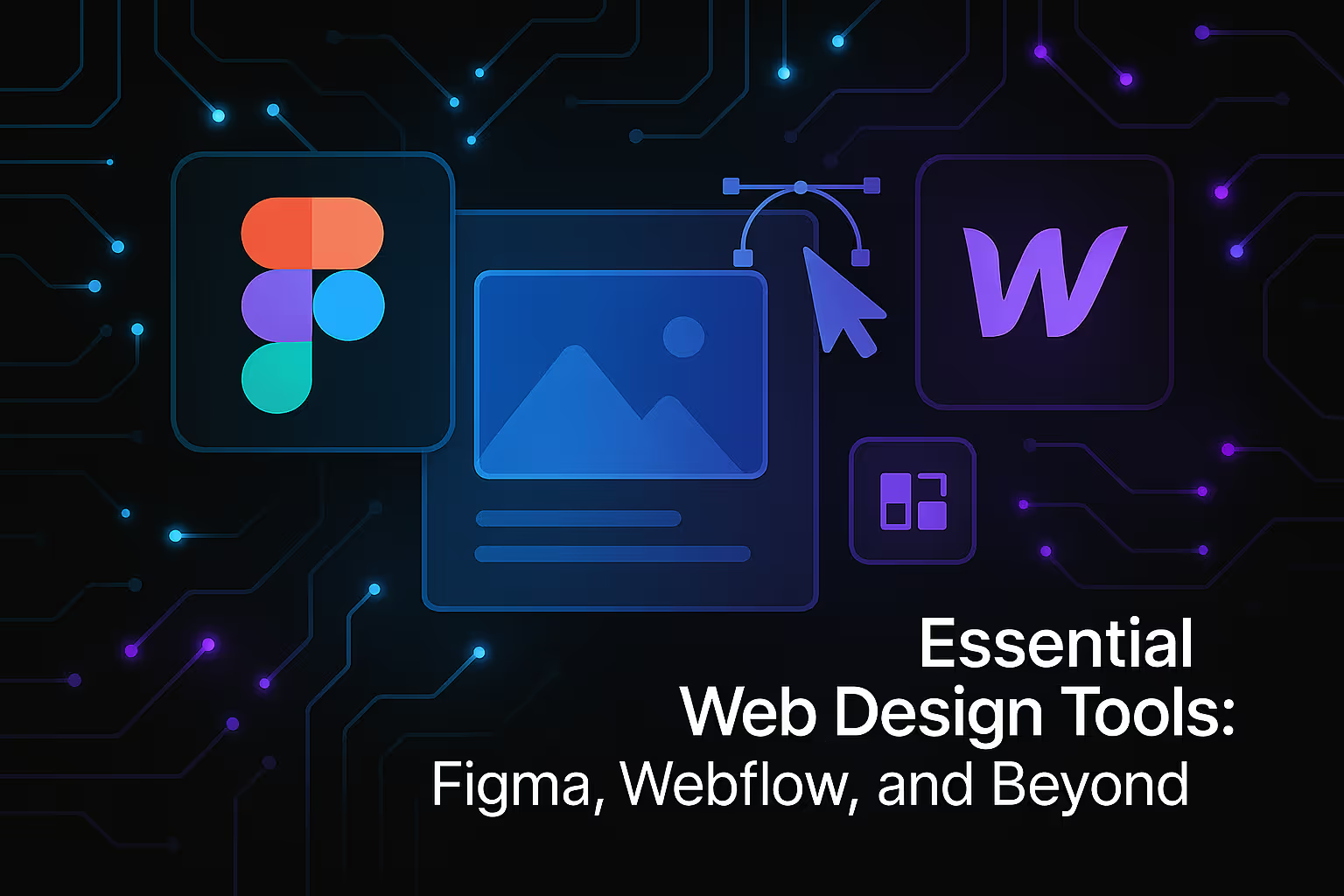
The Evolving Landscape of Digital Creation
Navigating the Modern Web Design Ecosystem
The digital realm is an ever-expanding canvas, and the tools available to shape it are as dynamic as the trends they help define. From conceptualizing intricate user interfaces to deploying fully functional, responsive websites, web design has transformed from a niche technical skill into an accessible creative endeavor. This evolution is largely thanks to a new generation of powerful, intuitive tools that empower designers and developers alike. Understanding these essential instruments is paramount for anyone looking to make their mark in the digital space. It is not merely about learning software, but about embracing comprehensive workflows that streamline creation, foster collaboration, and ultimately, deliver exceptional user experiences. The right tools can dramatically reduce development time, enhance design fidelity, and ensure that a project moves seamlessly from ideation to launch.
The foundation of modern web design rests upon principles of user-centricity, adaptability, and efficiency. Designers are no longer just focused on aesthetics; they are problem-solvers, crafting intuitive pathways for users to navigate complex information. This demand for a holistic approach has spurred the development of platforms that bridge the gap between design and development, fostering a more integrated and harmonious creative process. As the internet becomes increasingly visual and interactive, the reliance on robust, versatile web design tools only grows. These platforms provide the scaffolding upon which digital innovation is built, allowing ideas to transcend mere concepts and become tangible, interactive realities that resonate with audiences. A truly effective web design strategy prioritizes not just the visual appeal but also the underlying functionality and user journey, ensuring a cohesive and engaging experience from the very first click. This holistic perspective is ingrained in the most effective tools available today.
The Synergy of Design and Development
Historically, a significant chasm often existed between design and development teams. Designers would meticulously craft mockups, which developers would then interpret and translate into code. This hand-off often led to discrepancies, misunderstandings, and iterative revisions that could significantly extend project timelines. Modern web design tools are explicitly designed to bridge this divide, fostering a more symbiotic relationship. By enabling designers to work in environments that closely mirror the final product, and by providing developers with cleaner, more organized assets or even directly exportable code, these tools facilitate a unified vision from start to finish. This synergy is crucial for achieving rapid prototyping, efficient iteration, and ultimately, a higher quality end product that perfectly aligns with the initial creative intent. The seamless flow of work between these traditionally separate disciplines defines the cutting edge of web project management. Embracing tools that promote this integration leads to not only more efficient workflows but also a higher degree of accuracy in bringing design concepts to life.
For any marketing agency or individual freelancer, the ability to rapidly iterate on designs and seamlessly transition to development is a powerful competitive advantage. It allows for quicker responses to client feedback, faster market entry for new products or services, and a general acceleration of the creative cycle. This integration also fosters a deeper mutual understanding between designers and developers, leading to more innovative solutions as both disciplines can inform and influence each other throughout the project. The ultimate goal is to eliminate friction points, allowing creative energy to flow unimpeded from the initial concept sketch to the final deployed website, optimizing for both performance and user satisfaction.
Figma: The Collaborative Powerhouse for UI/UX Design
Revolutionizing Collaborative Interface Design
Figma has rapidly ascended to become a cornerstone in the world of user interface and user experience (UI/UX) design, celebrated for its robust collaborative capabilities. Unlike traditional desktop-bound design software, Figma operates entirely in the browser, making it inherently accessible and collaborative by default. This cloud-based nature allows multiple designers to work on the same file simultaneously, observing each other's changes in real-time. This dynamic environment eliminates the cumbersome process of saving, sharing, and merging different versions of design files, which often plagued older workflows. The ability to comment directly on designs, conduct live presentations, and manage version history effortlessly transforms the design process into a truly interactive and transparent experience. For design teams, particularly those distributed across different locations, Figma provides a centralized hub where creative energies can converge without geographical barriers, making it an indispensable asset for modern design agencies and in-house teams. Its ease of use combined with powerful features ensures that even complex projects can be managed with remarkable simplicity.
Beyond its unparalleled collaboration features, Figma offers a comprehensive suite of tools for crafting pixel-perfect interfaces. Designers can create intricate wireframes, detailed mockups, and interactive prototypes with remarkable precision. Its vector editing tools are intuitive and powerful, allowing for the creation of scalable and responsive design elements. The platform's emphasis on components and design systems empowers teams to maintain consistency across large projects, ensuring brand uniformity and accelerating future design efforts. By establishing reusable elements, designers can construct complex interfaces with efficiency, knowing that any change to a master component will propagate throughout the entire project. This systematic approach to design not only saves time but also significantly reduces the potential for errors, leading to a more polished and professional final product. The ability to define and enforce design tokens and styles further solidifies its position as a tool for scalable and consistent digital product development.
Prototyping and Handoff in Figma
Figma's integrated prototyping features are another significant draw, enabling designers to bring their static designs to life with interactive flows and animations. This functionality allows stakeholders and users to experience the intended user journey before a single line of code is written, facilitating early feedback and iteration. From simple click-through prototypes to more complex interactions, Figma provides the tools to simulate realistic user experiences. This proactive approach to testing design concepts helps identify usability issues and design flaws early in the process, saving valuable development resources further down the line. The ability to share these prototypes via a simple link further streamlines the feedback loop, making it easy for anyone to test and provide input regardless of their technical expertise or software access. This capability ensures that design decisions are validated by actual user interactions, leading to more effective and user-friendly products.
The handoff process from design to development is often a point of friction, but Figma addresses this challenge head-on. It provides a dedicated "Inspect" tab where developers can easily view design specifications, including CSS, iOS, and Android code snippets for various design elements. This feature significantly reduces the guesswork involved in translating visual designs into functional code, ensuring that the developed product closely matches the designer's vision. Developers can quickly access details such as dimensions, colors, typography, and spacing, streamlining their workflow and minimizing the need for constant back-and-forth communication. Figma’s capacity to simplify the design-to-development pipeline underscores its role as a holistic tool that supports the entire web project lifecycle, from initial concept to developer implementation. This seamless transition is crucial for maintaining design integrity and accelerating project completion, enhancing overall productivity for design and development teams.
Webflow: Empowering Visual Development and No-Code Creation
Redefining Website Building with Visual Development
Webflow stands at the forefront of the no-code revolution, fundamentally changing how websites are designed and developed. It offers a powerful visual canvas that allows designers to build fully functional, production-ready websites without writing a single line of code. This revolutionary approach empowers creatives to move beyond static mockups and directly into the realm of live website creation, bridging the traditional gap between design and development in an unprecedented way. Webflow's interface mirrors the capabilities of traditional coding environments, offering control over HTML, CSS, and JavaScript, but through an intuitive drag-and-drop system. This means designers can manipulate visual elements and see their impact on the underlying code in real-time, fostering a deeper understanding of web development principles even without direct coding experience. Its powerful editor provides granular control, making it suitable for both simple landing pages and complex, dynamic websites.
The platform's strength lies in its ability to translate visual design choices into clean, semantic code, making the websites built on Webflow highly performant and SEO-friendly. Unlike many drag-and-drop builders that produce bloated or messy code, Webflow generates code that adheres to industry best practices, a critical factor for search engine rankings and overall website speed. This attention to detail ensures that websites are not only visually appealing but also technically sound and optimized for discoverability. From responsive design controls that allow for precise adjustments across various screen sizes to advanced interactions and animations, Webflow provides the granular control that professional web designers demand, all within a visual environment. It democratizes web development, making sophisticated website creation accessible to a broader audience without sacrificing quality or flexibility. The platform's emphasis on clean code directly benefits search engine optimization, leading to better crawlability and indexability.
Integrated CMS and Hosting Solutions
Beyond its visual development capabilities, Webflow offers a robust integrated Content Management System (CMS) that simplifies content creation and updates. This native CMS allows clients and content creators to easily manage dynamic content like blog posts, portfolios, or e-commerce products without ever touching the design interface. Designers can structure their content with custom fields and collections, providing a flexible framework for any type of data-driven website. This separation of content from design empowers non-technical users to update their sites efficiently, reducing reliance on developers for routine content changes. The seamless integration of the CMS within the design environment means that designers can visually lay out dynamic content directly, ensuring consistency and control over the final presentation. This feature makes Webflow an ideal choice for businesses and individuals who need a highly customizable site with easy content management.
Webflow also provides reliable hosting solutions, eliminating the need for users to manage external hosting providers or complex server configurations. This all-in-one platform streamlines the entire website deployment process, from design and development to hosting and maintenance. Their hosting infrastructure is built for speed and scalability, utilizing Amazon Web Services (AWS) and Fastly CDN, ensuring that websites load quickly and perform optimally for global audiences. The combination of visual development, an integrated CMS, and high-performance hosting makes Webflow an incredibly powerful and efficient solution for building and launching professional websites. It represents a significant shift towards empowering designers to take full ownership of the web creation process, from conception to publication, providing an unparalleled degree of control and independence. This complete ecosystem supports the full lifecycle of a modern website, from initial concept to ongoing performance and content updates.
Beyond Figma and Webflow: Complementary Tools and Emerging Trends
The Broader Spectrum of Web Design Essentials
While Figma and Webflow represent significant advancements in their respective domains, the web design toolkit extends far beyond these two powerhouses. A comprehensive approach to web creation often involves a diverse ecosystem of specialized tools, each addressing a unique facet of the design and development workflow. For graphic asset creation and manipulation, tools like Adobe Photoshop and Illustrator remain indispensable for crafting custom icons, illustrations, and intricate image compositions. These traditional design staples offer unparalleled control over pixel-level details and vector graphics, serving as crucial complements to interface design platforms. For more specialized illustration or animation, tools like Blender (for 3D) or After Effects (for motion graphics) can add another layer of visual richness to a web project, enhancing user engagement through dynamic visual storytelling. These tools ensure that every visual element, from a simple button to a complex animation, is meticulously crafted.
Version control systems are another critical component, particularly for collaborative coding environments. Git and platforms like GitHub or GitLab are essential for managing code changes, tracking revisions, and enabling multiple developers to work on a project simultaneously without conflicts. While Webflow abstracts much of this for no-code development, teams incorporating custom code or working on larger web applications heavily rely on these systems for efficient development workflows. For front-end developers, code editors such as VS Code offer powerful features like syntax highlighting, intelligent code completion, and integrated debugging, making the coding process more efficient and less prone to errors. These tools cater to the more technical side of web development, ensuring that the underlying code is robust, maintainable, and scalable. They form the backbone of any serious web development effort, facilitating clean and collaborative coding practices.
Analytics, Optimization, and Project Management
Once a website is live, the work is far from over. Tools for analytics and optimization become paramount for understanding user behavior and continuously improving performance. Google Analytics provides invaluable insights into website traffic, user demographics, and conversion rates, allowing designers and marketers to make data-driven decisions. Heatmapping and session recording tools like Hotjar offer a more granular view of user interactions, revealing how visitors engage with specific page elements and identifying areas for optimization. These tools help to refine the user experience long after the initial launch, ensuring the website continues to meet its objectives and provide value. The continuous monitoring and refinement based on user data are critical for sustained success in the competitive online landscape, ensuring that design decisions are validated by real-world performance.
Effective project management is the glue that holds complex web projects together. Platforms such as Asana, Jira, or Trello are vital for organizing tasks, tracking progress, and facilitating communication among team members. These tools ensure that deadlines are met, responsibilities are clearly defined, and potential roadblocks are addressed proactively. For communication, platforms like Slack or Microsoft Teams enable real-time messaging, file sharing, and video conferencing, fostering seamless collaboration regardless of physical location. The synergistic use of these project management and communication tools ensures that the entire web design and development lifecycle is coordinated, efficient, and ultimately successful, transforming disparate tasks into a cohesive, goal-oriented effort. They are indispensable for managing the complexities of modern web projects, from small business sites to large enterprise applications.
Strategic Tool Selection: Aligning Tools with Project Needs
Defining Your Web Design Imperatives
The vast array of web design tools available can be overwhelming, making strategic selection a critical first step for any project. There is no universally "best" tool; rather, the optimal choice hinges entirely on the specific needs, scope, and resources of a given project. The initial phase of tool selection necessitates a clear understanding of the project's core imperatives. Is the goal to create a simple informational website, a complex e-commerce platform, or a highly interactive web application? Does the project prioritize rapid prototyping and user testing, or is it focused on pixel-perfect visual fidelity and sophisticated animations? Understanding these foundational requirements will guide the decision-making process, helping to narrow down the most suitable options from the expansive toolkit. A thorough pre-project analysis will save time and resources in the long run by ensuring the chosen tools are a perfect fit for the intended outcome.
Consider the technical proficiency of the team involved. If the team primarily consists of visual designers with limited coding experience, a no-code platform like Webflow might be the ideal solution, empowering them to build and launch sites independently. Conversely, if the project demands highly custom functionality or integration with complex backend systems, a more code-centric approach supported by advanced development environments and frameworks might be necessary. The scale of collaboration also plays a significant role; for large, distributed design teams requiring real-time co-creation, Figma’s cloud-native architecture offers distinct advantages. Assessing these internal capabilities and external project demands forms the bedrock of a well-informed tool selection strategy. This comprehensive assessment ensures that the tools selected not only meet current needs but also align with the team's capabilities and future growth plans.
Balancing Efficiency, Control, and Scalability
The choice of web design tools often involves a delicate balance between efficiency, control, and scalability. Tools like Webflow excel in efficiency, allowing for rapid website development and deployment through visual interfaces. This speed can be invaluable for startups or projects with tight deadlines. However, the level of absolute control over every line of code might be slightly less than if one were to build from scratch using traditional coding methods. For projects demanding absolute granular control, often due to highly specific performance requirements or complex integrations, a more custom development stack might be preferred. Understanding this trade-off is crucial for making a pragmatic decision that serves the project's unique requirements without compromising on critical aspects.
Scalability is another crucial consideration. Will the website need to handle a massive influx of traffic, accommodate frequent content updates, or integrate with new features down the line? Some tools inherently offer robust scalability, handling large databases and high traffic volumes with ease, while others might require more manual optimization or reliance on external services. The long-term vision for the project should heavily influence tool selection. A tool that provides immediate benefits in terms of speed might become a bottleneck if it lacks the flexibility or infrastructure to support future growth. Therefore, a forward-thinking approach that considers not just the immediate project goals but also its potential evolution is essential for making sustainable and effective tool choices in the dynamic world of web design. Investing in tools that can grow with your project ensures longevity and avoids costly migrations down the line.
The Future Trajectory of Web Design Tools
The Convergence of Design and Development Workflows
The trajectory of web design tools points unmistakably towards a continued convergence of design and development workflows. The traditional silos separating these disciplines are progressively dissolving, giving way to integrated platforms that empower individuals and teams to operate more holistically. This trend is driven by the increasing demand for speed, efficiency, and seamless collaboration in digital product creation. Tools like Figma have already blurred the lines on the design side by offering developer handoff features, while Webflow has virtually eliminated the code barrier for many designers to build fully functional websites. The next evolution will likely see even deeper integrations, where designers can directly manipulate code visually, and developers can leverage visual interfaces for rapid prototyping and component creation. This convergence promises to accelerate the entire product lifecycle, allowing for faster iterations and a more agile response to market demands. The ultimate goal is a truly unified creative environment where the distinction between designer and developer becomes increasingly fluid.
Artificial intelligence and machine learning are poised to play an increasingly significant role in shaping the next generation of web design tools. Imagine AI-powered design assistants that can suggest layout optimizations based on user behavior data, automatically generate variations of design elements, or even write boilerplate code based on visual cues. AI could streamline repetitive tasks, analyze user data to provide actionable design insights, and personalize user experiences on a scale previously unimaginable. This intelligent assistance will not replace human creativity but rather augment it, freeing designers and developers to focus on higher-level strategic thinking and truly innovative problem-solving. The future tools will be less about manual pixel pushing and more about orchestrating intelligent systems to bring complex digital visions to life with unprecedented efficiency and precision. This technological advancement promises to democratize even more sophisticated web creation.
The Rise of Hyper-Personalization and Immersive Experiences
Looking ahead, web design tools will need to adapt to the growing emphasis on hyper-personalization and increasingly immersive web experiences. Users expect digital interactions that are tailored to their individual preferences and provide rich, engaging content. This will necessitate tools that can effortlessly integrate with data sources to deliver dynamic, personalized content layouts and interactive elements. The rise of Web3 technologies, including blockchain and decentralized applications, will also introduce new paradigms for web interaction, potentially requiring new tools for designing and developing secure, transparent, and user-controlled digital experiences. Web design will move beyond static pages to dynamic, adaptive environments that respond intelligently to user input and context. This shift demands tools capable of handling complex data interactions and presenting them in a meaningful, personalized way for each user.
Furthermore, the demand for immersive experiences, encompassing advanced animations, 3D elements, and potentially augmented or virtual reality integrations, will push the boundaries of current web design capabilities. Future tools will likely offer more sophisticated capabilities for creating and optimizing these rich media experiences directly within the design environment, moving away from reliance on specialized software or complex coding. The focus will shift towards creating seamless, performant, and deeply engaging digital worlds rather than just functional websites. This forward momentum indicates a future where web design tools are not just about building pages, but about crafting interactive narratives and personalized digital landscapes that captivate and serve the evolving needs of the global internet audience. The continuous innovation in this space promises an exciting future for digital creators, making the web an even more vibrant and interactive space for everyone.
Similar Insights
Stay Updated with Our Insights
Join our newsletter for the latest trends and tips in web development and digital marketing.
